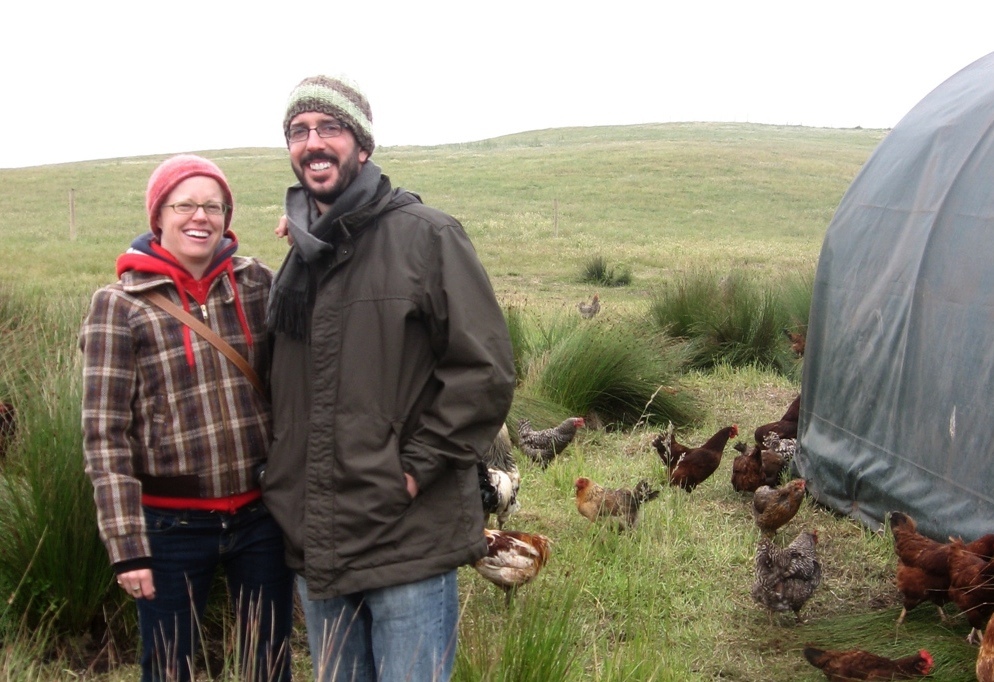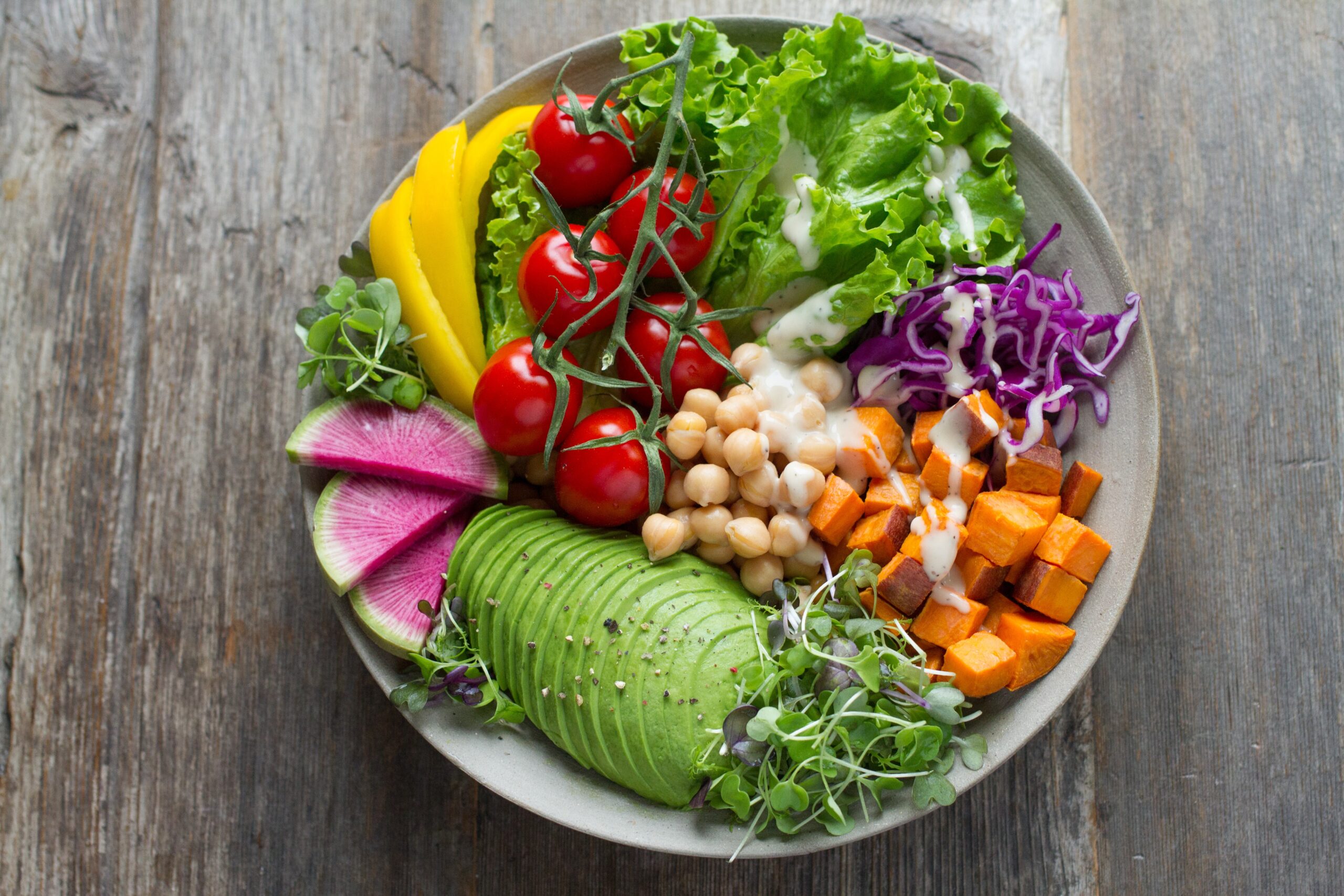Justine Jamieson’s critical health journey revealed how overlooked the lymphatic system is. Here’s why it matters, how to support it, and the hands-on wisdom she discovered through practitioner Miria Aman.
With nearly 26 years of experience as a massage therapist, Miria Aman has built a successful career working across London, Australia and New Zealand. Her practice spans a wide range of modalities — from remedial and sports massage to traditional Thai, Hawaiian Lomi Lomi and kinesiology. Over the years, she has supported a diverse group of clients, including those facing serious health challenges such as breast cancer, whether non-surgical or pre- and post-operative, as well as pregnant women and individuals managing muscle soreness or lymphatic stagnation.
Most recently, she has created a powerful and educational talk called “The Boob Job”, which raises awareness about breast health and the vital role of the lymphatic system.
Through decades of hands-on experience, Miria came to realise that one crucial element often overlooked in health and wellbeing is the lymphatic system, which has since become her central focus.
Although she is no longer taking on new clients due to high demand, Miria is passionate about empowering people to care for their own lymphatic system on a daily basis — and encourages everyone “to think of it just as important as having a shower or brushing your teeth.”
As Miria says, “The lymphatic journey is something that is a missing piece of information in our health system.”
The lymphatic vessels sit just beneath the skin, within the fascia, and alongside blood vessels. They’re delicate and closer to the surface than most people realize. Movement, stretching, and gentle touch can help stimulate them.
Why the Lymphatic System Matters
One of the most unsung heroes in the body’s detoxification process is the lymphatic system. Think of it as your body’s natural cleaning and drainage crew.
- It removes waste, toxins, and excess fluid from tissues.
- It plays a vital role in immunity by making and transporting disease-fighting white blood cells.
- It helps keep swelling at bay and supports overall balance.
Miria explains it best: “The lymphatic system is the rubbish collector, but more than that, it’s also the protector, because the system produces and releases lymphocytes, a type of white blood cells.”
Without a well-functioning lymphatic system, the body struggles to fight infections and can literally soak you in its own waste products.
The Role of Lymph Nodes
Along this network are the lymph nodes — tiny bean-shaped filters. As lymph fluid travels, it passes through these checkpoints, where harmful bacteria, viruses, or abnormal cells are trapped and destroyed.
The adult human body contains hundreds of lymph nodes — often estimated between 500 and 800 — clustered in key areas such as the neck, armpits, chest, abdomen, and groin. These nodes are not random — they sit in the body’s “junctions,” like bends and joints, acting as vigilant guardians over areas most exposed to infection.
As Miria explains, “Most have between seven to eight hundred lymph nodes in our body… each like a filtration system, think of them like a sieve for your waste.”
Things You Can Do to Support the Lymphatic System
“Unlike the cardiovascular system, it doesn’t have a pump… the lymphatic drainage process is actually up to you,” Miria reminds us.
That means we must actively support it. Here are some recommendations:
- Move your body: Walking, yoga, stretching, and especially rebounding (mini trampoline) help pump lymph fluid. If at a desk, get up every hour and move.
- Stay hydrated: Lymph fluid is mostly water. Miria notes, “In 24 hours the lymphatic system needs about three litres of healthy liquid to function effectively. You want it to be the consistency of water, not porridge.”
- Massage & dry brushing: Gentle strokes on the skin or manual lymphatic drainage can stimulate flow. Recommended CJB brush.
- Avoid tight clothing: Especially underwire bras and constrictive waistbands, which Miria warns can block lymph drainage. “Wires act as a wall — the lymph can’t go through to the nodes to drain.”
- Deep breathing: Diaphragmatic breathing acts like an internal pump, moving lymph through the chest.
- Eat clean, anti-inflammatory foods: Fresh fruits, vegetables, and herbs like parsley, ginger, and turmeric support detox. Less toxins, less to detox from the body.
- Hot/cold showers (contrast therapy): Alternating temperatures encourage circulation and lymph flow.
- Rest & reduce stress: Chronic stress slows down the immune system. “I’ve known a lot of people that look healthy, they workout, eat well but they’re so stressed in their minds that they are actually unhealthy and nothing is working as it could be,” Miria says.
- Choose clean beauty: Avoid chemical-based deodorants, synthetic perfumes and chemicals in skincare and makeup, which can burden the lymphatic and endocrine systems.
When the Lymph System Struggles
Signs of a sluggish or overburdened lymphatic system include:
- Swelling in the face, hands, arms, legs, or feet
- Frequent infections or slow recovery
- Tender or swollen nodes in the neck, armpits, or groin
- Puffiness, acne, or dull skin tone
- Brain fog and fatigue
- Stiffness, heaviness, or morning soreness
- Sluggish digestion or bloating
- Headaches
In more serious cases, such as lymphedema, swelling can become severe and persistent, often after surgery or infection.
Breast and Neck Lumps
Because so many nodes are concentrated in the neck, chest, and underarms, lumps can sometimes appear here. Often, these are harmless and simply indicate that the immune system is active — such as during a cold or after a minor infection.
Most swellings go down on their own. But if a lump is hard, fixed, continues to grow, or does not disappear after a few weeks, it’s important to see a health professional.
Lymphatic Massage and Gentle Support
Lymphatic massage is one of the most effective ways to support healthy lymph flow. Unlike deep tissue massage, it’s light, rhythmic and designed to move fluid just under the skin.
Miria mentions the importance of soft touch for freeing lymphatic blockages before deeper muscular massages — since deep tissue work will otherwise just push toxins around without clearing them.
This gentle technique:
- Encourages drainage toward larger lymphatic pathways
- Reduces puffiness and swelling
- Supports detoxification
For stubborn areas, Miria suggests:
- Warm compresses to soften and relax tissues
- Castor oil packs to help break down stagnation
She emphasizes, however, that lymphatic massage is never about digging or forcing. It’s about assisting the body’s natural flow.
And yes — many people notice they need to urinate more afterward, as the fluid drains through the kidneys and bladder.
A Call to Awareness
The lymphatic system is an often-forgotten cornerstone of health. It’s not glamorous, and it’s not something most of us think about — until it becomes sluggish and disease sets in. Yet, as Miria Aman’s decades of experience show, giving the lymph system the attention it deserves can transform how we feel, heal, and thrive.
It starts with simple daily choices: drinking water, moving our bodies, breathing deeply, managing stress, and avoiding products or habits that block or overload this delicate system.
Because ultimately, your lymphatic system is your detoxer, protector, and silent guardian. Supporting it means supporting the body’s ability to cleanse, defend, and restore itself — naturally.
As Miria reminds us:
“You want the system to make more white blood cells than it is busy detoxing your body. That is ultimately the goal.”
Miria’s Lymphatic Breast Self-massage
The Boob Job
Focus on creating gentle movement of stretching and releasing (pumping action).
Step 1 (both sides):
Gently stroke downward from the top of the neck to the top of the collarbone.
Step 2 (both sides):
Feel the hollow spot above the collarbone. Gently stretch the skin from the shoulder toward the neck. This opens the lymph passage before it empties into the circulatory system.
Step 3:
Gently stretch the skin under your arm toward your armpit, or simply hold it until the tenderness disappears.

Step 4:
Supporting your breast with one hand, use a gentle stretch-and-release pumping action, moving toward your underarm.

Step 5:
Supporting your breast with one hand, use a gentle stretch-and-release pumping action, moving toward the centre of your body.

Step 6:
Keeping your palm flat, use an upward stretch-and-release motion on the breast, moving up and toward your neck.

Step 7:
Gently stretch the skin away from the nipples, all around the breast.
Repeat each step 10–15 times, then repeat steps 3–7 with the other breast.

Find out more about Miria Aman. Although she isn’t taking on anymore clients due to her successful business, she often does talks to empower women with self-massage.







